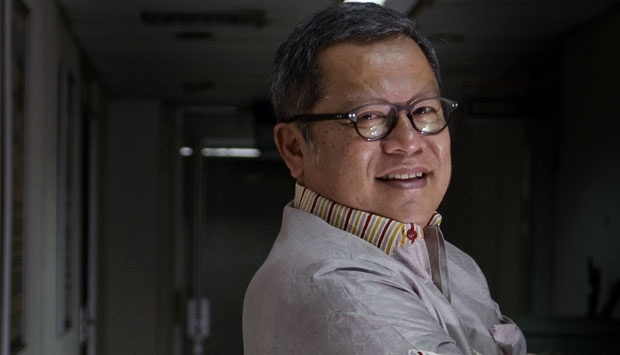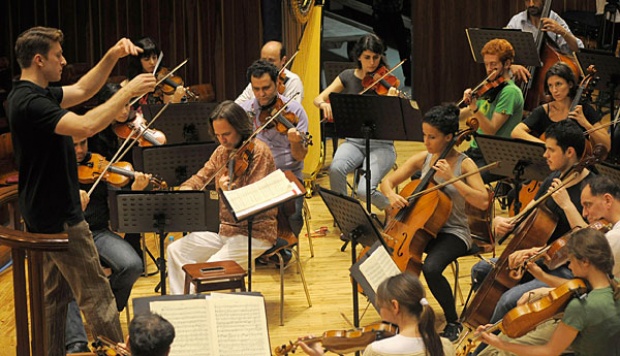
TEMPO.CO, Jakarta - For many, wayang (puppets) convey images of old culture and alien heroes. Kresna, Arjuna or Bima as well as Rama and Shinta are hazily remembered, in contrast to Superman or Batman.
However, the stories of wayang contain a profound philosophy applicable to contemporary life. Kurawa’s troops, for example, still personify greed and lust, just as Pandawa’s knights embody benevolence, gallantry and patriotism.
A complete performance of wayang, be it wayang kulit (shadow puppets) or wayang orang (human puppets), is the result of sophisticated and delicate arts in playing the karawitan (gamelan orchestra), poetry, leather puppet crafting and wardrobe.
Wayang appeared locally in the first century after the arrival of Hinduism and Buddhism in Indonesia.
The Gedangan inscription from 860 and the Penampihan inscription dated 898 described wayang in society, while the undated Wukajana inscription from the time of Sri Maharaja Rakai Watukura Dyah Balitung Sri Dharmodaya Mahasambu (899 – 911) of the Matarams mentioned a person named Galigi as a puppet player.
Since then, wayang has been used as a medium to spread moral values and religion, to convey messages from authorities as well as for entertainment.
In Indonesia, wayang has becomes a dynamic entity, evolving in accordance with various times and places, resulting in various types of puppets on display at the museum.
The museum, built in 1640, was once used as a church named “De Oude Holandsche Kerk”.
After several changes of mission over the centuries, the building was officially established as the Wayang Museum by then-Jakarta governor Ali Sadikin on Aug. 13, 1975.
Budi Susanto, the head of exhibition and education section of Museum Wayang, says that a lack of resources holds the museum back.
“With only 10 personnel, it is difficult for us to make the best out of the museum,” Budi says. “A museum’s primary purpose is to safeguard and preserve its collections, then comes display, research and education. If only we had more resources, we hope we could open on public holidays.”
Budi wants the collection to do more than gather dust. “Without performances, our collections will remain as lifeless puppets without spirit. This is our effort to preserve the intangible heritage of wayang, to apply its philosophy in our everyday life.
ANTARA






















